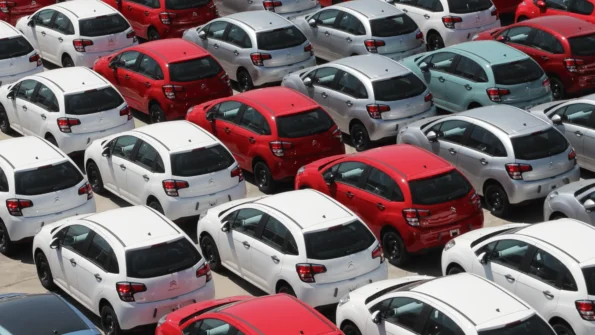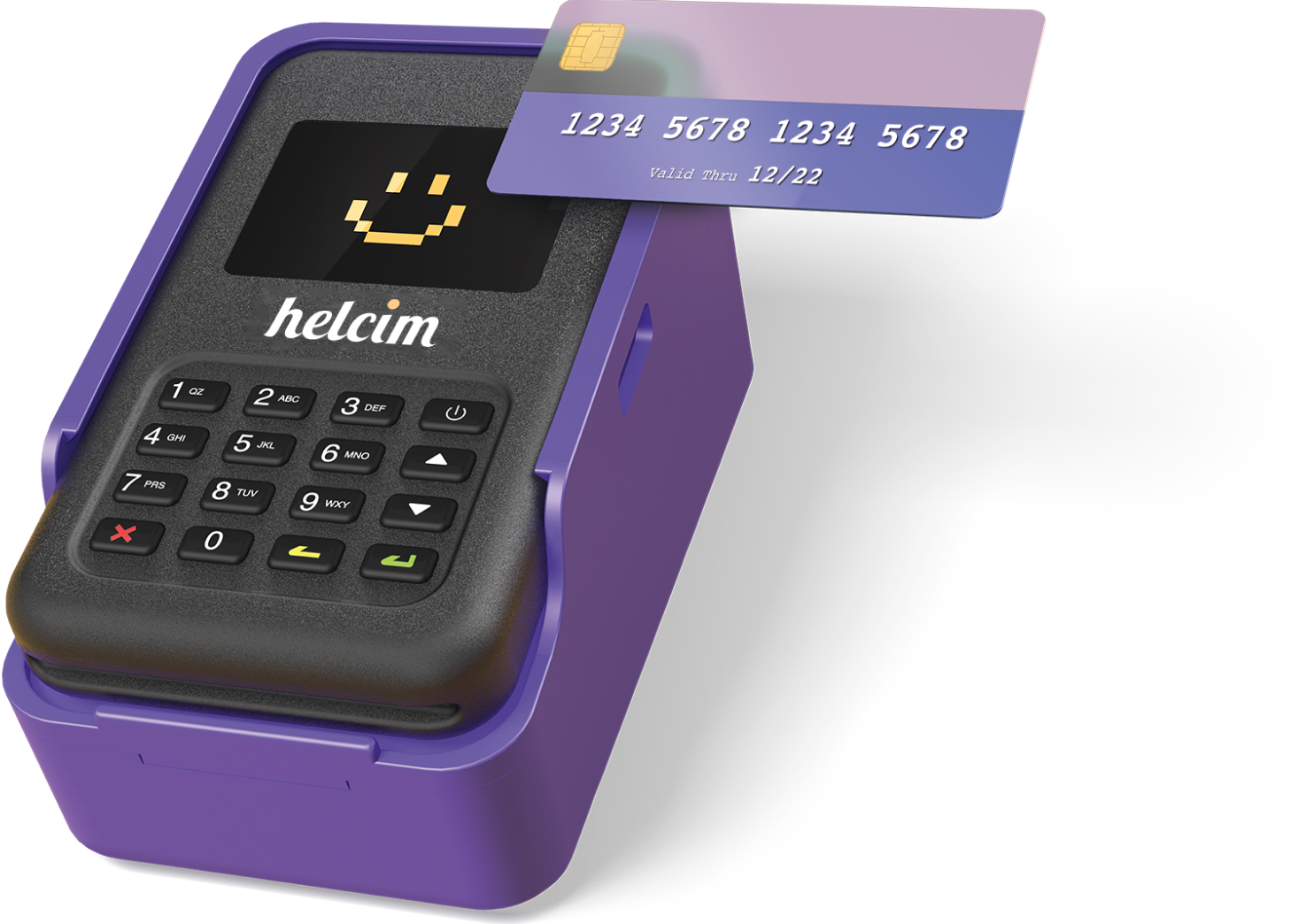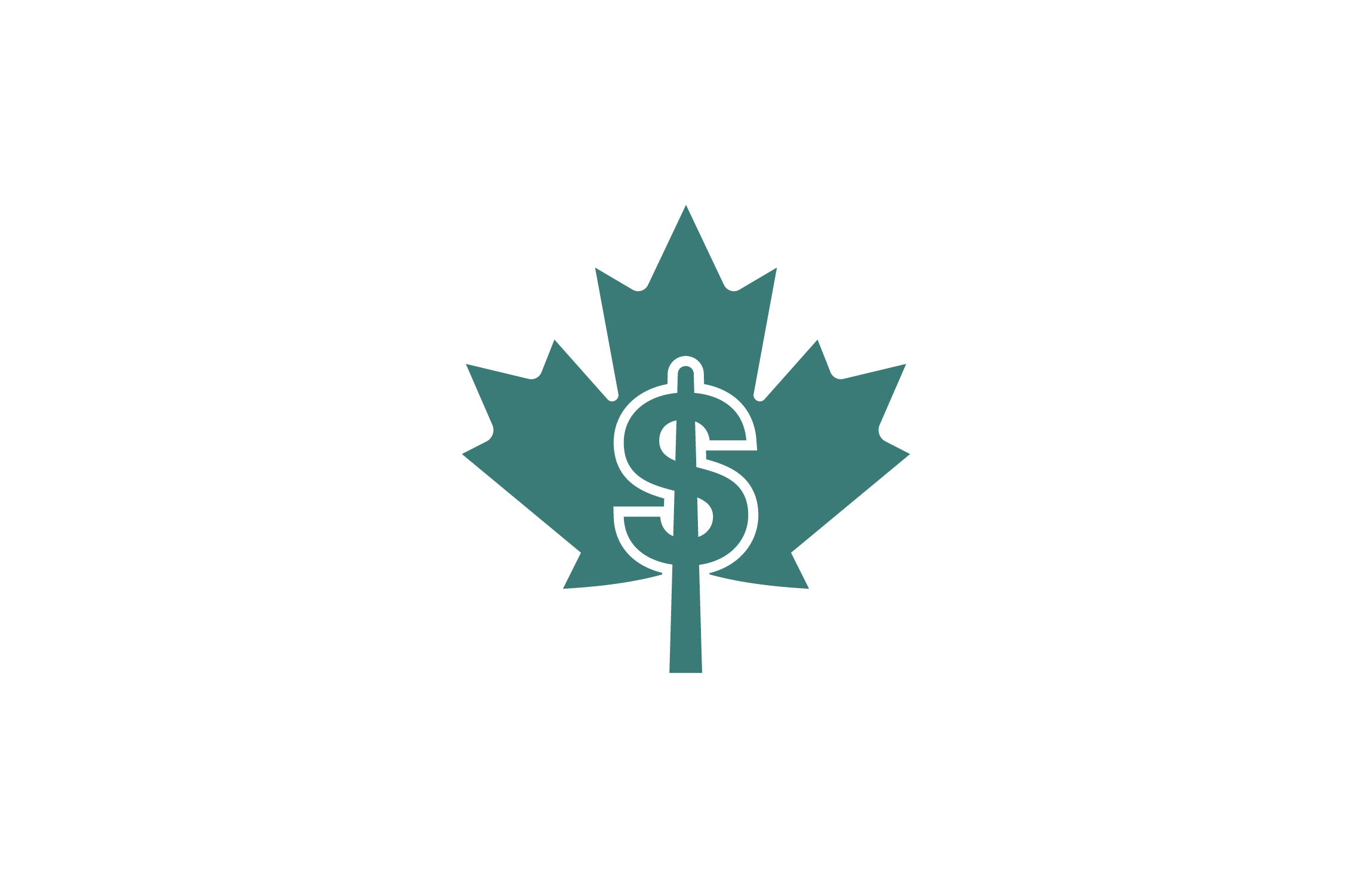You want to buy a car, but you don’t know how to finance it. That’s the story of many a Canadian. They are stuck on the crossroads between a car loan from a bank or a dealer. Luckily for you, both options have unique benefits that may suit your situation. Read on to find out how to make the best decision for your finances.
Do Your Bank Research
The first thing you need to do is to consult your local bank. It is possible to apply for a car loan without having a specific car in mind. A professional at the bank can walk you through the process of the loan application – which can be reasonably easy if you have an excellent or good credit history. A bonus is the bank can lock in your rates for a specific period while you continue to shop.
More often than not, a traditional lender will put out promotional rates for car loans. If you’re a customer, you can take advantage of such promo rates in your application.
It isn’t unusual for banks to consider customer relationships when appraising a loan application, and you might end up getting a discount.
Apart from traditional lenders, you can also explore auto financing that’s offered by online aggregators with a responsive website. However, these online lenders usually have different criteria from a bank.
Do Your Dealership Research
If you already have a car in mind, it stands to a good reason why you should consider speaking to a dealer. Dealers usually have their separate car loan applications and will help you send your request to a few lenders. The lenders will evaluate your application before submitting your dealer their terms. Remember that if you go the dealership route, you cede control to the dealer on who provides the loan.
Bank Financing
Bank financing means going to a traditional lender for an auto loan. The pre-approval process takes place before you step into the dealership. Once your application is successful, the lender will offer you a quote alongside a letter of commitment that you present to the dealer.
These items will save you the headache of finalizing any contract details with the dealer. Furthermore, dealers are known for selling you more than what you need. So having everything on paper saves you from unnecessary add-ons that won’t do well for your financing. The bank may offer a responsive website for your pre-approval, and you may need to provide details about the car you want to buy.
It’s essential to understand your loan rates will depend on whether you’re buying a brand new vehicle or a second-hand car.
Dealer Financing
Dealer financing is similar to bank financing; the only difference is the dealer is doing all the legwork on your behalf. Once you’ve selected the car of your choice, the dealer helps you fill and submit your car loan application to multiple banks. Because you are not in control, the dealer may negotiate a higher interest behind your back and collect the difference as compensation for doing all the work for you.
Final thoughts
Whatever your situation, it’s in your best interest to choose the option that helps you save money. The ideal solution is to go for both and compare the rates. You should also stay within your budget no matter what. The last thing you need is to buy a car that will drive you into financial ruin over the life of your loan.












